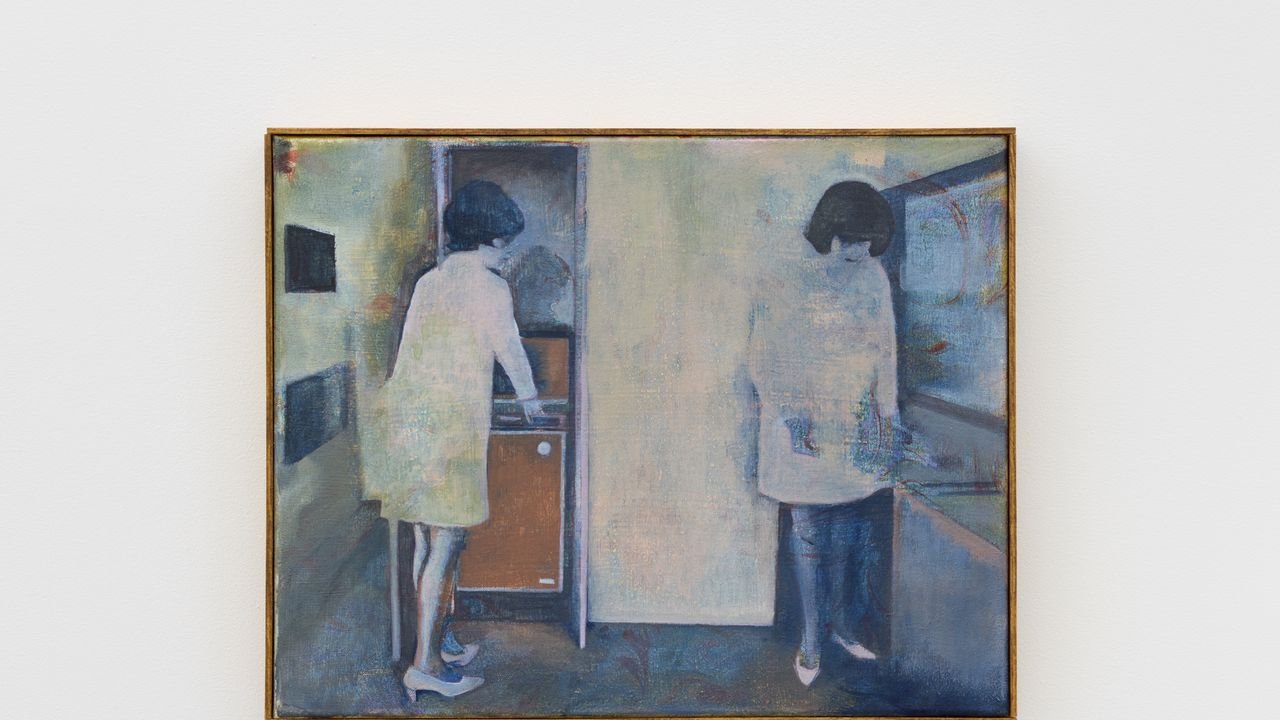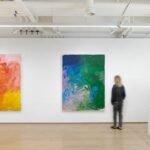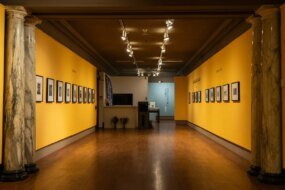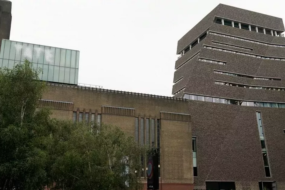
I know, it’s a bit of a paradox. Why on earth are we giving you lists of things to do indoors during the only three or so months of the year when being outside is bearable? Well, for starters, we’re in London, and decent weather is anything but a given, no matter the season. Beyond that, though, summer doesn’t just see the city’s parks brighten up – its art scene, too, comes into full bloom. This year is no exception, with the season presenting a feast of directional exhibition programmes across town – in world-beating institutions, flush blue chip galleries, nimble project spaces, and beyond. As such, here’s a non-exhaustive (though still pretty comprehensive!) run-through of some of the most exciting contemporary art shows in town.
Museums & institutions
Where else to start than Tate Modern, London’s foremost temple of contemporary (and, well, modern) art. Right now, the former power station’s standout show is without doubt Leigh Bowery!, easily the most rigorous survey of the Australian-born, London-made artist, designer, nightlife extraordinaire and much more seen to date. Running until 31 August, the show unflinchingly charts Bowery’s brazenly transgressive legacy through infamously outré costumes, videos of outlandish performances and images born of close artistic collaborations with the likes of Lucian Freud and Fergus Greer. Importantly, it also gives due space to the grit, darkness and controversy that coloured Bowery’s life and work, resulting in a show as compelling for its tactful curation as for its raw subject matter.
Another of the summer’s must-see shows is housed at the Tate’s original home upriver: Ed Atkins at Tate Britain, a major retrospective of the work of one of Britain’s most revered contemporary artists, particularly renowned for his astute use of computer-generated visuals. Though the profound uncanniness of Atkins’s CGI figures – which often feature renderings of the artist’s likeness – is pretty self-evident, it’s their eerie mirroring of the chaos of an innately human inner emotional landscape that really strikes a chord. It’s kind of like empathising with your Sims – albeit with much, much more sophisticated source material, granted.
While you’re out West – and you’re reading this before 27 July – head to Hyde Park’s Serpentine North for Arpita Singh: Remembering. In the Indian artist’s first institutional solo show outside of her home country, she draws upon a span of references that include Bengali folk art and Indian court paintings, articulating her personal experiences of social upheaval, motherhood and the tensions that arise from the simultaneity of conflict and everyday life. Across the gallery’s namesake body of water at Serpentine South, you’ll find the institution’s famed annual pavilion – designed this year by Bangladeshi architect Marina Tabassum – as well as the Play Pavilion, an interactive play commission designed by British architect Peter Cook in collaboration with none other than the Lego group – a necessary stop for anyone bringing the kids along for their urban art tour.
On the other side of the Royal Parks at the ICA, pioneering British artist and curator Lubaina Himid has curated Connecting Thin Black Lines 1985 – 2025, an exhibition that celebrates the legacy of The Thin Black Line, the 1985 show she curated at the very same institution. Exclusively comprising works by Black and Asian women artists, including Sonia Boyce, Ingrid Pollard and Marlene Smith – the original show was – and still is – considered an art historical landmark; four decades on, this new exhibition adopts a forward-looking vantage on this same group of artists, featuring new commissions alongside works they’ve created since.










